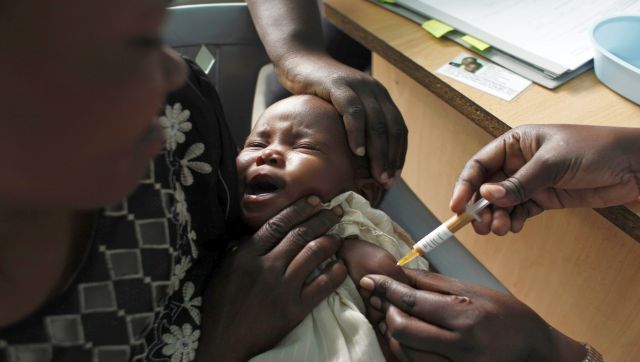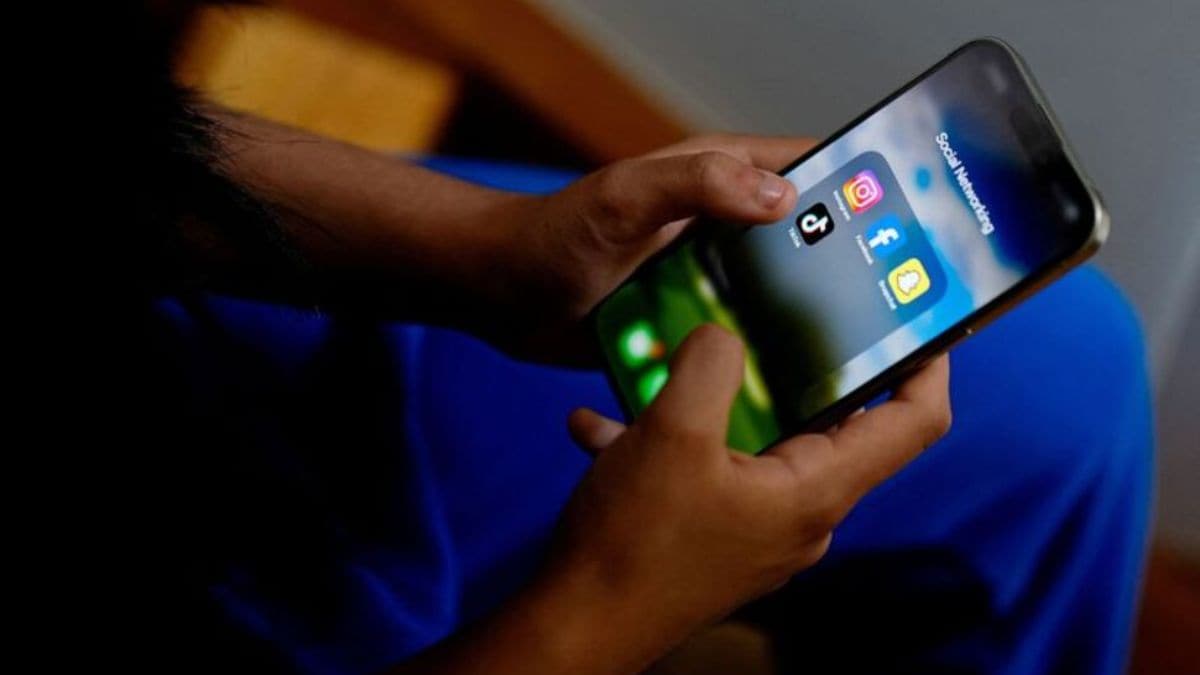The World Health Organization on Wednesday endorsed the RTS,S/AS01 malaria vaccine — also known as Mosquirix — the first against the mosquito-borne disease that kills more than 400,000 people a year, mostly African children. The decision followed a review of a pilot programme deployed since 2019 in Ghana, Kenya and Malawi in which more than two million doses were given of the vaccine, first made by the pharmaceutical company GSK in 1987.
A child dies from #malaria every two minutes.
— World Health Organization (WHO) (@WHO) October 6, 2021
One death is one too many.
🚨 Today, WHO recommends RTS,S, a groundbreaking malaria vaccine, to reduce child illness & deaths in areas with moderate and high malaria transmission https://t.co/xSk58nTIV1#VaccinesWork pic.twitter.com/mSECLtRhQs
WHO Director-General Tedros Adhanom Ghebreyesus called it “a historic moment”. “Today’s recommendation offers a glimmer of hope for the continent, which shoulders the heaviest burden of the disease. And we expect many more African children to be protected from malaria and grow into healthy adults,” Dr Matshidiso Moeti, WHO’s Africa director, was quoted as saying to The Associated Press. Malaria burden According to the Centers for Disease Control and Prevention (CDC), America’s public health agency, Malaria is a mosquito-borne disease caused by a parasite. The WHO describes it as a life-threatening disease caused by parasites that are transmitted to people through the bites of infected female Anopheles mosquitoes . It is preventable and curable. The WHO data revealed that in 2019, an estimated 229 million cases of malaria were detected worldwide and 409,000 people died, mostly children in the African Region. The world health body figures also showed that more than half of malaria deaths worldwide are in six sub-Saharan African countries and almost a quarter are in Nigeria alone. Furthermore, the agency said that every two minutes a child dies of malaria. Symptoms of malaria include fever, headaches and muscle pain, then cycles of chills, fever and sweating. If not treated in a timely manner, it could become severe, often leading to death. According to Pedro Alonso, Director of the WHO Global Malaria Programme, the estimated cost of malaria in sub-Saharan Africa is over $12 billion dollars a year. What is the RTS,S/AS01 malaria vaccine? The vaccine, called Mosquirix and made by GlaxoSmithKline, acts against Plasmodium falciparum, which is carried by the Anopheles mosquito and is the deadliest of all the malaria parasites. Studies show that the vaccine prepares the immune system to fight the malaria parasite the moment it’s been injected into the blood by a mosquito bite. As per the WHO, the vaccine should be administered in four doses in children — three a month apart and then a fourth a year later. However, the vaccine is far from perfect; an analysis of the vaccine revealed that it had 30 percent effectiveness in preventing severe cases of malaria in children. And as far as side-effects, the WHO said that they were rare, but a fever that could result in temporary convulsions was one of them. According to an Associated Press report, Azra Ghani, chair of infectious diseases at Imperial College London, said she and colleagues estimate that giving the malaria vaccine to children in Africa might result in a 30 percent reduction overall, with up to eight million fewer cases and as many as 40,000 fewer deaths per year. Kate O’Brien, Director of WHO’s Department of Immunization, Vaccines and Biologicals was reported as saying that the vaccine was “feasible to deliver” and was “reaching the unreached… Two thirds of children who don’t sleep under a bed net in those countries are now benefiting from the vaccine,” she was quoted as saying by AFP. Other vaccines in the pipeline While Mosquirix is the first to get a stamp of approval from the WHO, there are other vaccines in the making, which could help in the fight against malaria. In April, Britain’s Oxford University announced that their Matrix-M vaccine candidate had surpassed the WHO’s threshold of 75-percent efficacy. Germany’s BioNTech has also said that it aims to start trials for the malaria vaccine, using the mRNA technology, which was also used to make two of the most successful COVID-19 vaccines. Malaria and India Malaria has a long history in India. In fact, it is still pretty much an epidemic in India. In 2019, India contributed two percent of the total global malaria cases. However, India has been carrying out steps to make it malaria-free and the nation hopes to see itself as malaria-free by 2030. As per a government report, India contributed the largest drop in cases region-wide, from 20 million to about six million. he percentage drop in the malaria cases was 71.8 percent and deaths was 73.9 percent between 2000 to 2019. But, as WHO stated the road to a malaria-free country is long and winding . With inputs from agencies


)

)
)
)
)
)
)
)
)



